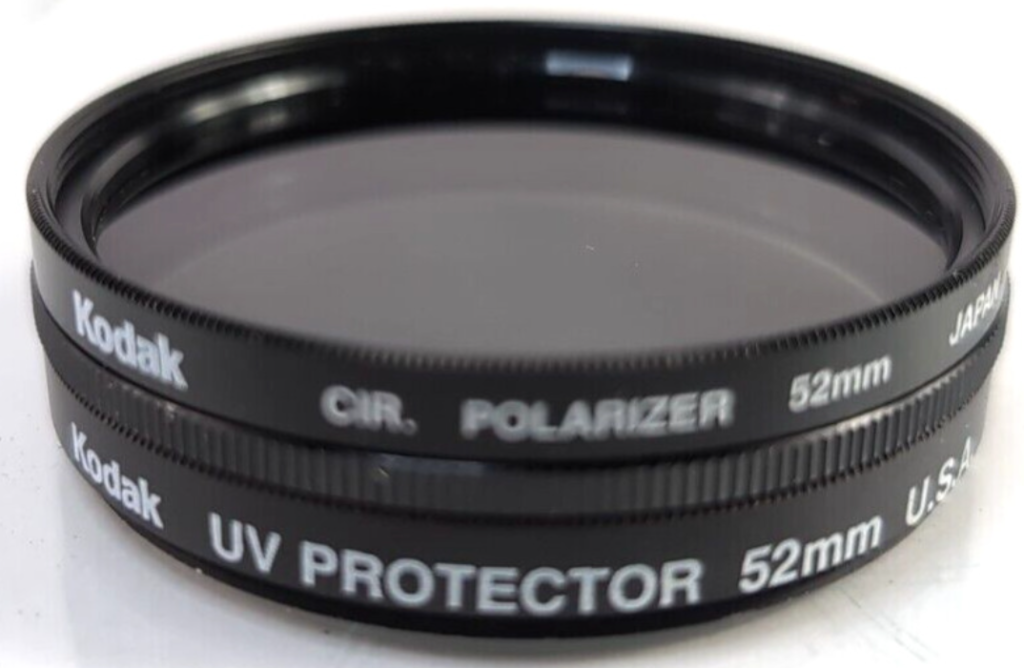
Introduction:
In the world of photography, whether you’re a seasoned professional or a budding enthusiast, protecting your camera lens is paramount. One of the most essential accessories for this purpose is the UV filter. Originally designed to block ultraviolet light, UV filters have evolved to serve a dual purpose in modern digital photography. This guide will delve into the definition, functions, manufacturing process, and practical applications of UV filters, making it easy for beginners to understand their importance.

1. What is a UV Filter and What Does It Do?
A UV filter, short for Ultraviolet Filter, is a transparent camera filter primarily used to block ultraviolet light. In the days of film photography, UV light could cause haziness and reduce image clarity, especially in high-altitude or coastal environments. However, with the advent of digital cameras, the sensitivity of sensors like CCD and CMOS to UV light has significantly decreased. Consequently, the primary role of UV filters has shifted towards protecting the camera lens from scratches, dust, and impacts.


UV filters are typically colorless and transparent, though some may exhibit a slight purple or magenta tint due to anti-reflective coatings. These coatings enhance light transmission and reduce glare, ensuring that your photos remain sharp and vibrant.
2. How Are UV Filters Made?
The production of UV filters involves several meticulous steps to ensure high quality and performance:
- Material Selection: High-quality optical glass or specialized polymers are chosen for their excellent light transmission and scratch resistance.
- Cutting and Polishing: The selected material is cut into circular shapes corresponding to lens sizes and then meticulously polished to achieve a smooth, flat surface. This step is crucial for maintaining optical clarity and minimizing distortion.
- Coating: To improve light transmission and reduce reflections, multiple layers of anti-reflective coatings are applied to the filter’s surface. These coatings also help in repelling water and oil, making the filter easier to clean.
- Assembly and Inspection: The polished and coated lens is then mounted into a filter frame. Each filter undergoes rigorous testing to ensure it meets standards for light transmission, color accuracy, and durability.
- Packaging and Distribution: Once approved, the UV filters are packaged with protective padding and user instructions, ready for sale.
3. Practical Applications of UV Filters

UV filters are versatile and can be used in various shooting scenarios:
- Landscape Photography: When shooting outdoors, especially in mountainous or coastal areas, UV filters can help reduce atmospheric haze, resulting in clearer images.
- Everyday Protection: For photographers who frequently change lenses or shoot in unpredictable environments, a UV filter acts as a protective barrier against scratches, dust, and accidental impacts.
- Travel Photography: When traveling, your camera is exposed to different elements. A UV filter ensures that your lens remains safe from sand, moisture, and other potential hazards.
4. Do You Always Need a UV Filter?

While UV filters offer significant benefits, they are not always necessary. In controlled environments like studios or during night photography, the protective function of a UV filter might be redundant. Additionally, prolonged exposure to harsh conditions can degrade the filter’s coatings over time. Therefore, it’s essential to assess your shooting environment and needs before deciding to use a UV filter.
5. Additional Tips for Using UV Filters
- Quality Matters: Invest in high-quality UV filters from reputable brands to avoid compromising image quality. Cheap filters may introduce unwanted reflections or reduce sharpness.
- Regular Cleaning: Keep your UV filter clean to maintain optimal performance. Use a microfiber cloth and lens cleaning solution to remove fingerprints and smudges.
- Stacking Filters: Be cautious when stacking multiple filters, as this can lead to vignetting (darkening of the corners) or other optical issues.
Conclusion:
UV filters are an indispensable tool for photographers, offering both protection and enhanced image quality. Their evolution from a purely functional filter to a protective accessory underscores their importance in modern photography. By understanding their benefits and applications, even beginners can make informed decisions about incorporating UV filters into their photography gear.
Whether you’re capturing breathtaking landscapes or documenting everyday moments, a UV filter ensures that your lens remains pristine and your images crystal clear. Explore our collection of high-quality UV filters and take the first step towards safeguarding your photographic investments.
